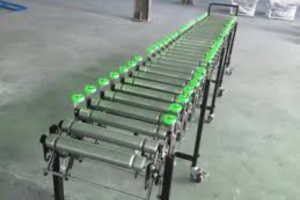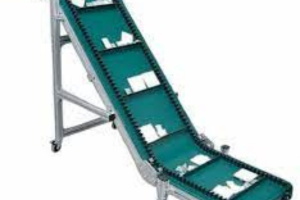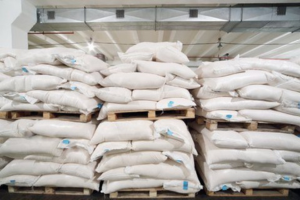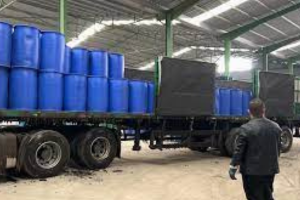The Job of Conveyors in Pharmaceutical Material Handling and Logistics
Sorts of Conveyors Utilized in Pharmaceutical Material Handling and Logistics

Belt Conveyors

Roller Conveyors

Incline and Decline Conveyors
Advantages of Using Conveyors in Pharmaceutical Material Handling and Logistics
The Main Pieces of Conveyors in Pharmaceutical Material Handling and Logistics
Utilizations of Conveyors in Pharmaceutical Material Handling and Logistics

Raw Material Handling
Intermediates Transport


